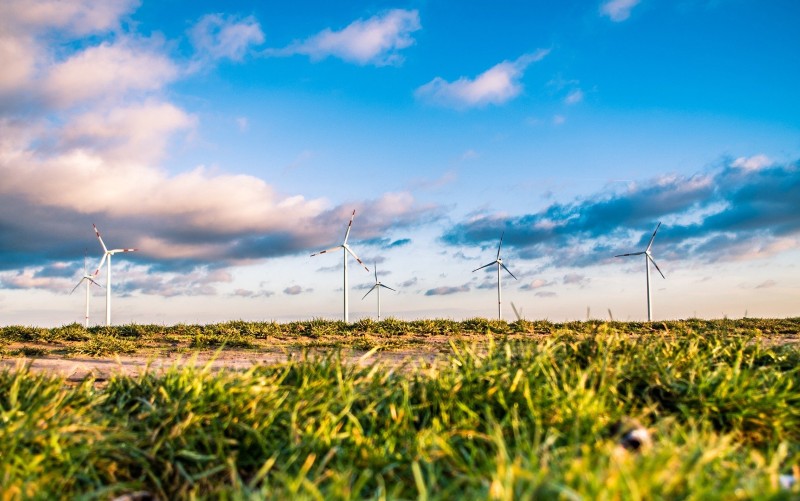Climate change is a major problem. Politically, some elected officials claim that climate change is not an issue, however, the scientific community is virtually unified when it comes to recognizing the serious threat that climate change poses to the world.
One of the many mathematical examples that climate change awareness advocates point to is that the temperature in Antarctica reached 65 degrees Fahrenheit recently – the warmest temperature ever recorded on the continent. That is obviously cause for concern.
Every industry on the planet needs to do what it can to help combat climate change and boost sustainability strategies. That includes the cannabis industry. It’s no secret that the cannabis industry consumes a significant amount of energy and has a carbon footprint that is not sustainable.
Unfortunately, the cannabis industry also has a negative impact on the global environment in other ways too. Below are 5 ways that the international cannabis industry can become more environmentally friendly.
Sungrown Cannabis
One of the most obvious ways that the cannabis industry can be more sustainable is developing sungrown cannabis operations instead of indoor cannabis cultivation operations. Coupled with that is a need to educate consumers on the differences between the two. Way too many myths currently exist and are popular in the cannabis community regarding indoor versus outdoor cannabis.
Sungrown cannabis is often seen as being inferior by consumers compared to cannabis that was cultivated indoors, however, that’s not always the case. Cannabis that was cultivated under the sun can often be just as good or even better than cannabis that was cultivated using artificial light, and at a cost that is considerably cheaper than indoor cannabis.
Hempcrete
All cannabis facilities should be made out of hempcrete. Hempcrete is a bio-composite building material made from the inner woody core of the hemp plant mixed with a lime-based binder. The final result is a very durable building material.
Hempcrete is carbon-negative, meaning that more carbon is taken out of the atmosphere from the cultivation of hemp and creation of hempcrete than is emitted into the atmosphere. Every facility in the cannabis space, from indoor cultivation facilities to little sheds that house outdoor cultivation equipment, should be made out of hempcrete.
Renewable Energy Sources
Cannabis companies should do everything that they can to reduce the amount of energy it takes to run their operations. In the instances where some energy is still needed to power certain tasks or processes, that energy should come from renewable sources.
An increasing number of cannabis operations are adding solar panels to their facilities to help reduce the need for energy that comes from fossil fuel sources. Windmills are becoming more common at rural cannabis operations. It all helps to make the cannabis industry more sustainable.
Packaging
Cannabis cultivation gets a lot of attention when it comes to the need to increase sustainable practices, and understandably so, however, a big sustainability problem in the industry right now involves cannabis industry packaging.
Anyone that has ever visited a legal cannabis dispensary knows how much packaging consumers and patients are required to walk away with. A vast majority of the packaging is plastic and only used once, after which it is then discarded. Recycling programs are vital to reducing the environmental impact of the cannabis industry, in addition to cannabis policies that balance the need for sensible packaging requirements with environmental concerns.
Cultivation Practices
Energy usage is not the only area of cannabis cultivation that creates environmental concerns. Other cultivation practices present additional negative environmental impact concerns. Obvious ones are the use of pesticides, synthetic nutrients, fungicides, and herbicides. Cultivators need to use natural strategies which not only reduce pollution, but can also save cultivators money.
Another example would be creating cultivation operations that refrain from drastically altering ecosystems. Cultivation operations, including sungrown operations, should be located in areas where clear cutting forests is not involved and where tapping local water sources is done in a way that doesn’t negatively impact other water-based needs of the local ecosystem.
Author
-
Johnny Green is the Media and Content Director for the International Cannabis Business Conference and has blogged about cannabis since January 2010.







